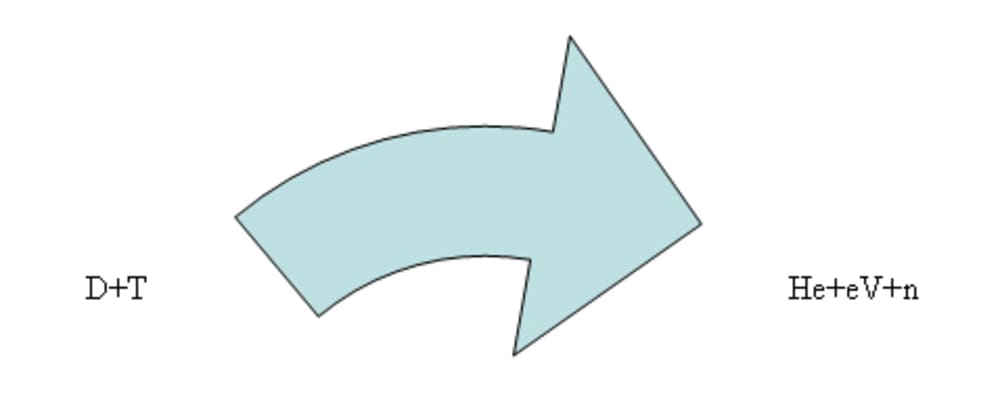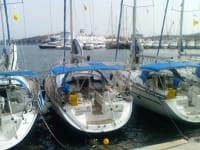http://openenergy.ideascale.com/a/dtd/33331-7031 A cleanest form of energy for our planet also renews itself daily challenging efficiency rates i.e. energy output compared to the solar energy input which has been uncommercially low now changing as new materials yield substantial improvements. Consequently interest is now quickly growing for solar energy as a serious alternative source of energy. Manufacturers of solar energy panels, such as REC, experience steep increases in demand for their products, commercial applications now appear also in relatively sun-poor countries like Germany and Norway and Sahara deserts could be used to build large solar cell facilities that produce great quantities of energy, free from pollution if only 4 % of the world's deserts get covered with solar cells, theoretically all global energy consumption is satisfied. The problem is the cost and transportation. Solar cell facilities are expensive and most users live far away from deserts. It's expensive to lay wire or build high voltage lines, politically biased relations and further reasons why Sahara still has no solar cell facilities, but probably shall. The International Energy Agency, IEA, has formed a group to analyze solar cell plants in Sahara. A first attempt at large solar cell areas in the desert are now being tested. A 644 MW-facility in the Nevada desert in the USA was opened in June 2007 and in the United Arab Emirates a plant will be built to provide 10 000 homes with power to generate electricity with turbine-driven generators (thermal solar plants) or with solar cells. In thermal solar plants sunlight is used to generate current with conventional steam turbine technology. To reach high temperatures sun-following large mirrors are used on statives (heliostater). The mirrors reflect and concentrate the direct sunshine to an absorber on top of a solar tower. There water is heated to high temperature and generates steam. Alternatively a so-called parabolic collector with steam pipes can produce the steam. The steam is then led to a turbine connected to a generator where electronic current is finally generated. So far the largest thermal solar plants were built in California where 2.7 billion square meters of parabolic collectors are gathering 430 MW (megawatt) electronic current. Production of current for the electronic power grid from thermal solar plants or solar cell based plants that lead to profitability is still far despite the large growth in the solar cell market. In the beginning of the 21st century the solar cell market grew about 25 % every year on average and in 2005 the production capacity rose above 1000 MW corresponding to 10 million square meters a year. Largest market is in Germany which through legislation created incentives to invest in new facilities where anybody can become producer of electronic power. 60 % of the solar cells were installed in Europe and 30 % in Asia. Electricity from solar cells is about five times costlier than conventional electricity from the net, but the gap is decreasing due to increasing electricity prices and decreasing production costs for solar cells.
Like this entry?
-
About the Entrant
- Name:Niklas Rosencrantz
- Type of entry:individual
- Software used for this entry:IEEE 1003.1
- Patent status:none








